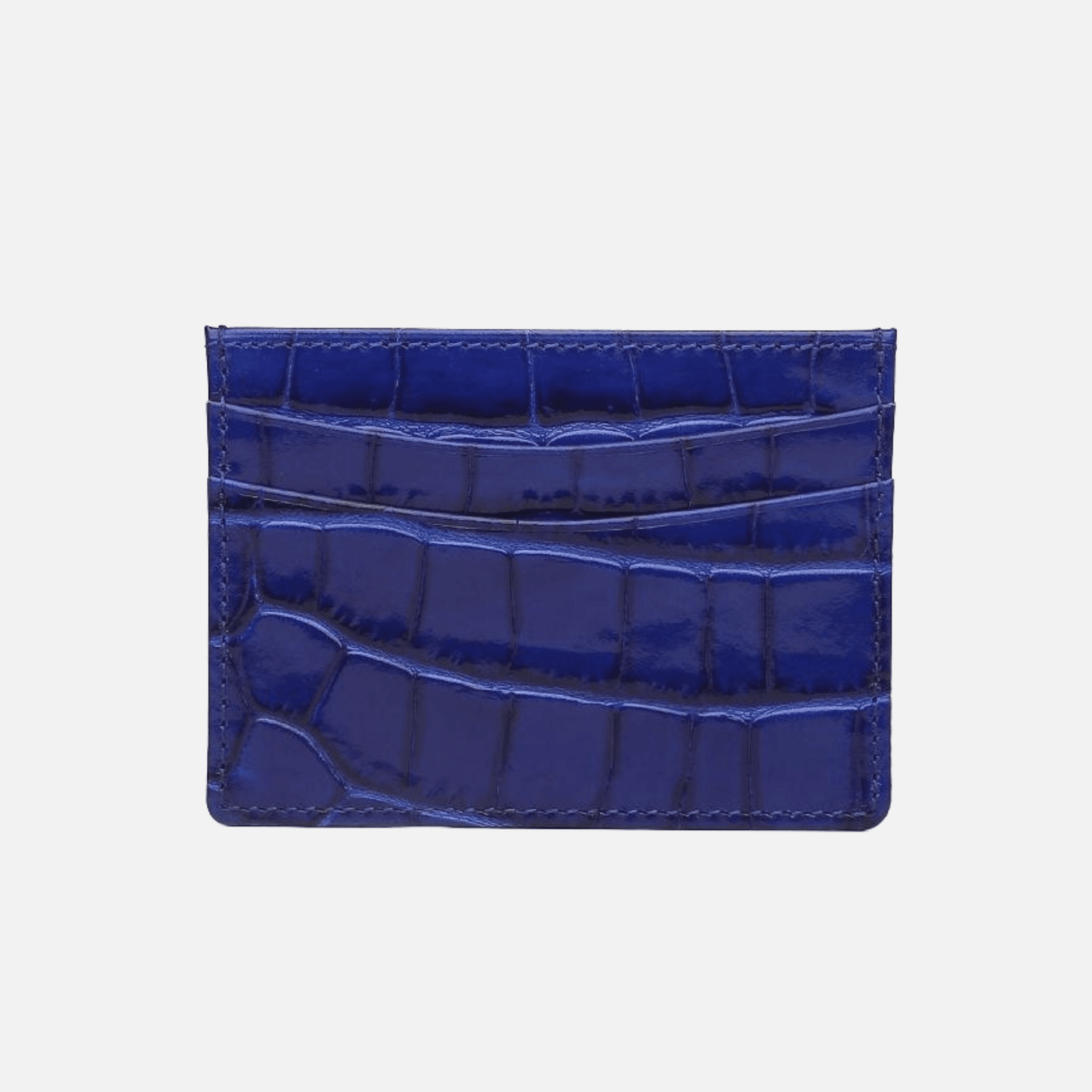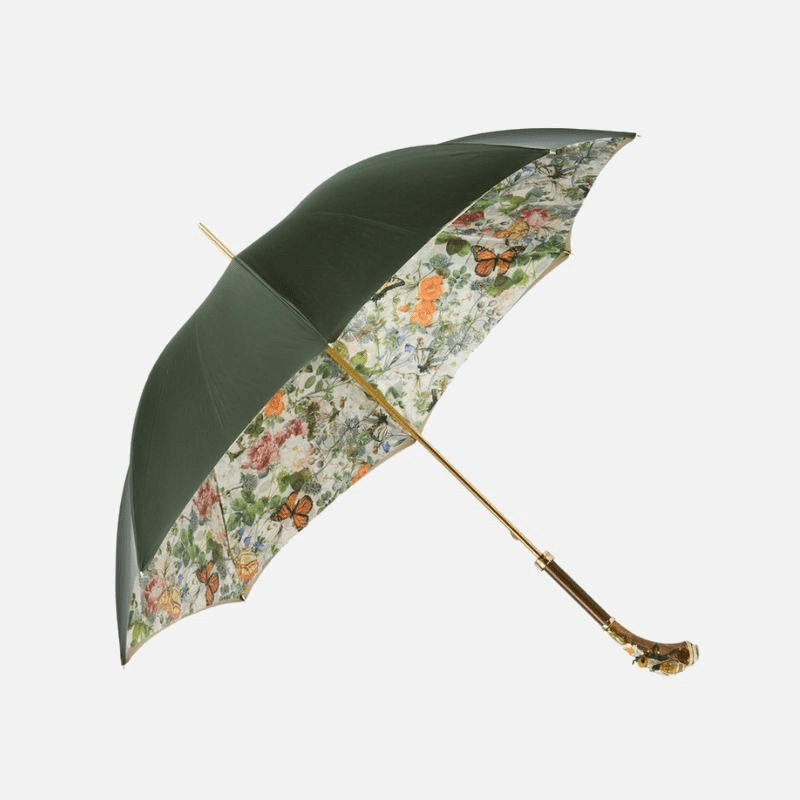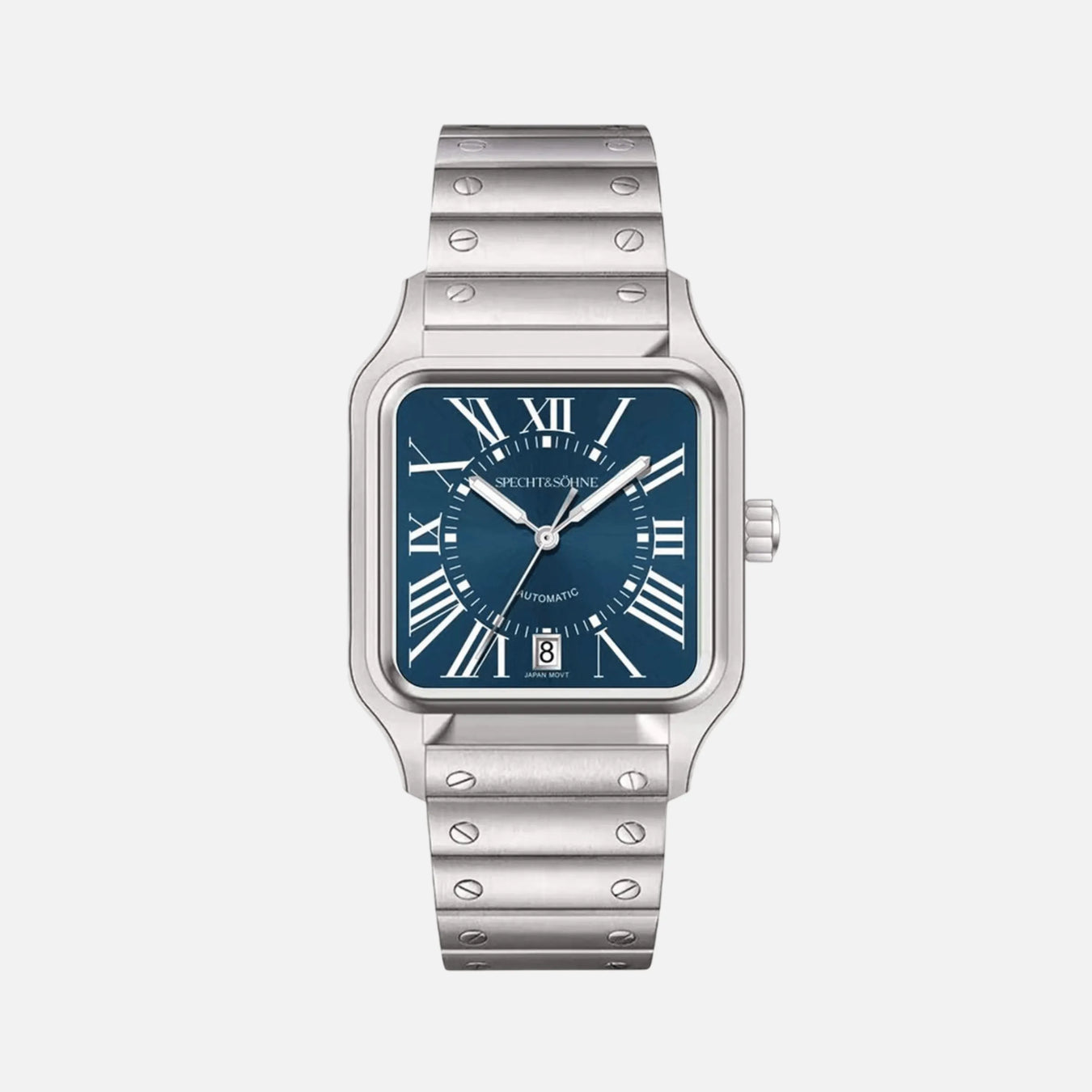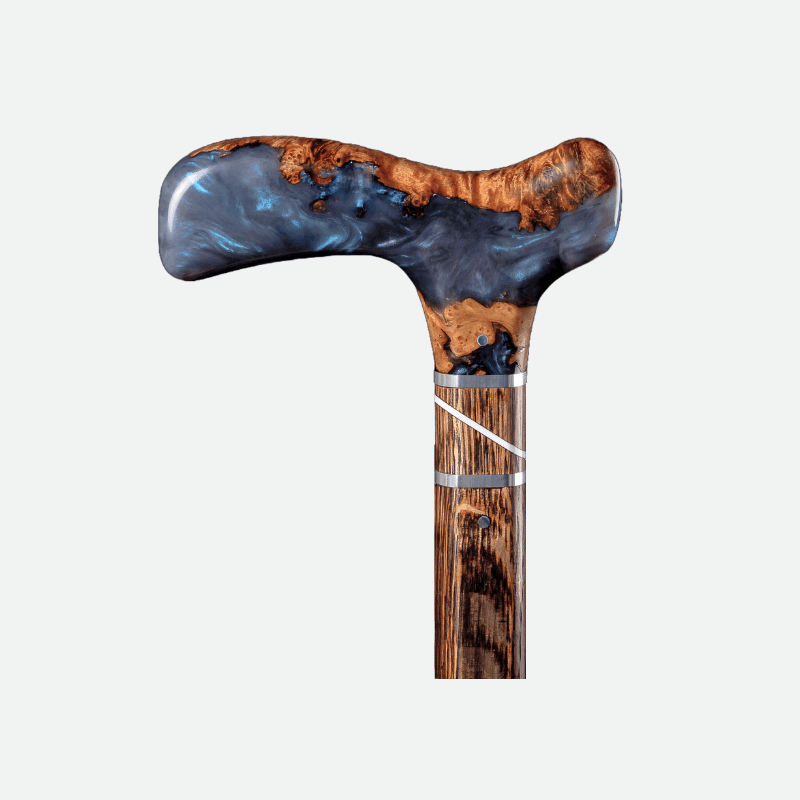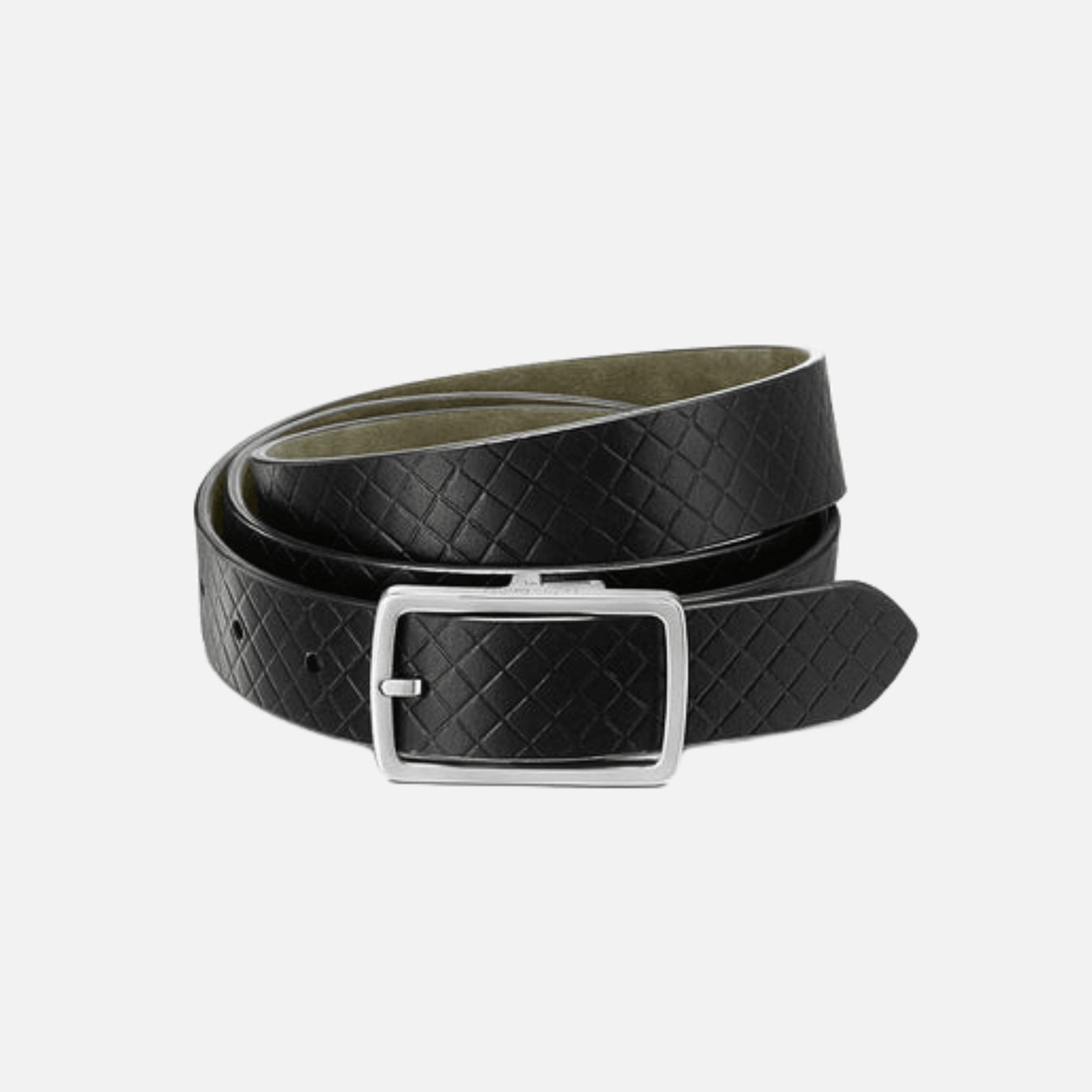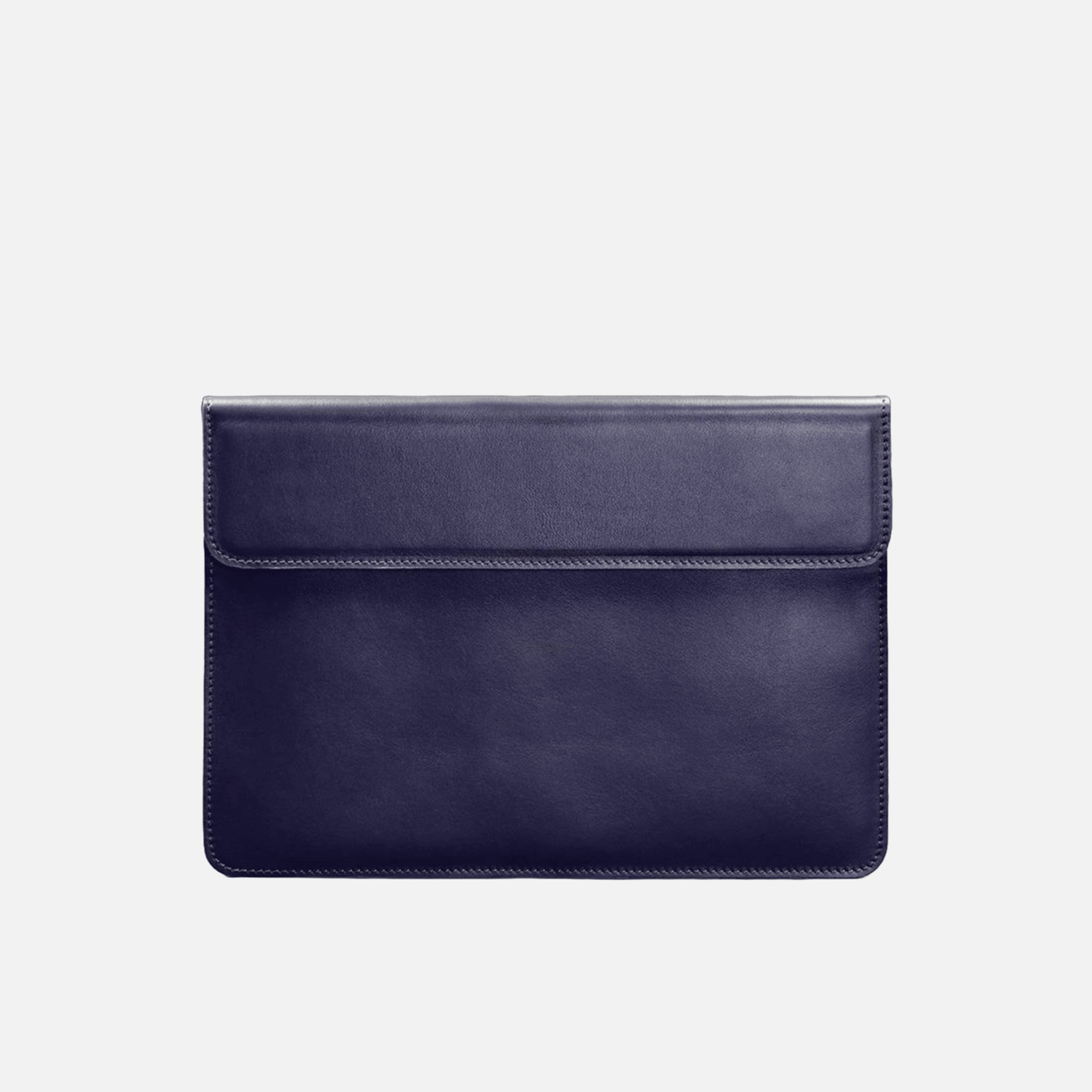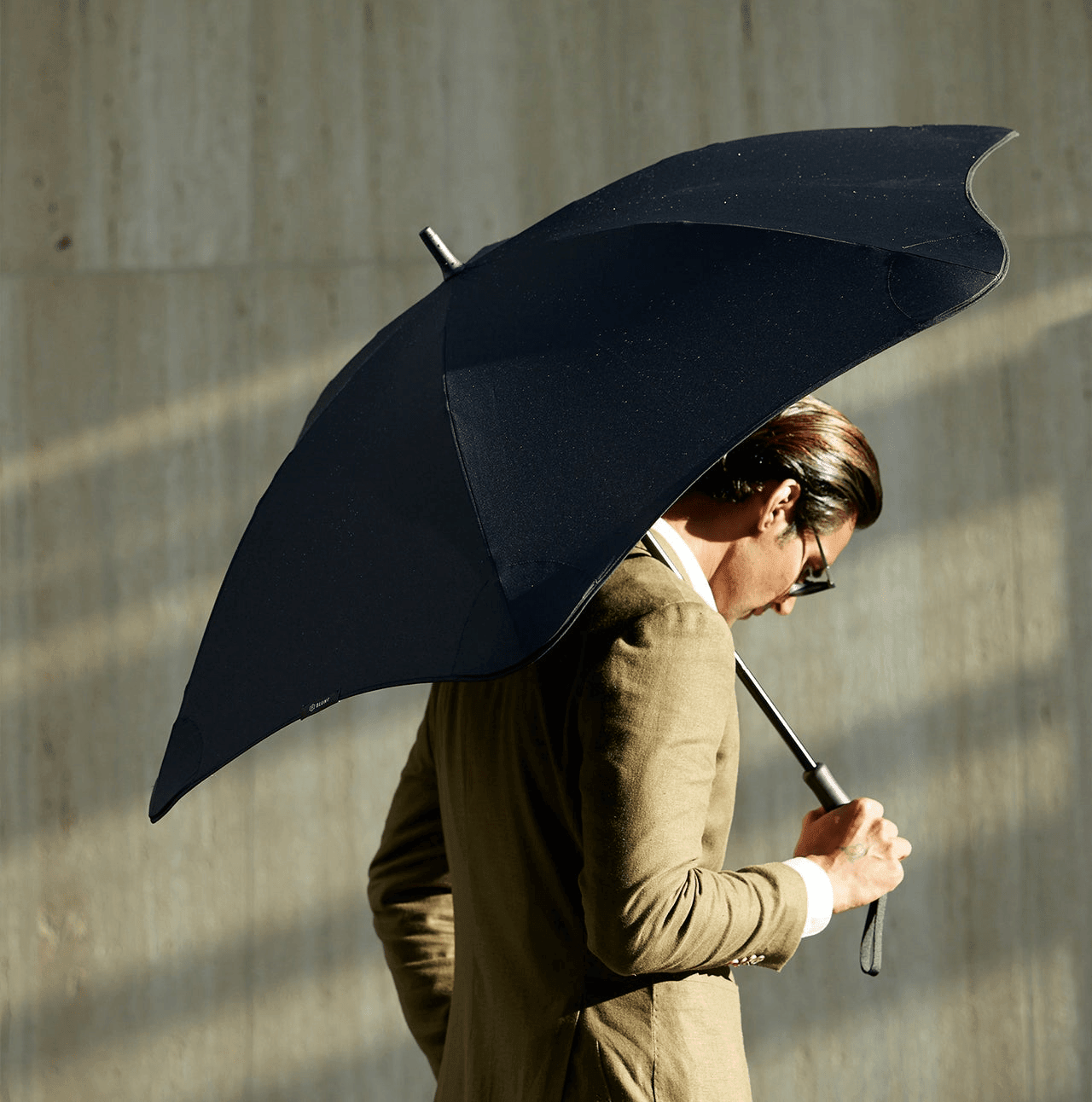
Fashion Forward: Demonstrating Products that Exude Style
Introduction: Defining Fashion Forward
To be fashion forward is to be advanced and innovative in one’s approach to fashion. It embodies a forward-thinking mentality, where an individual or brand is continuously looking ahead to anticipate and create future trends, rather than merely responding to what is current. A fashion-forward perspective involves a willingness to take risks and to challenge the norm with the aim of influencing the direction in which fashion moves.
In the realm of product demonstration, items that exude style do so by showcasing avant-garde designs, utilizing pioneering materials, or incorporating groundbreaking technology that sets a new standard in the fashion industry. These products are not simply abreast of existing trends; they are progressive and often become benchmarks for what is to come. Fashion-forward products are characterized by:
- A distinctive aesthetic appeal that is often unconventional
- A commitment to sustainability, embracing eco-friendly practices and materials
- An innovative use of technology to enhance form, function, and user experience
- A relevance to contemporary cultural and social movements
When referring to fashion-forward items, one speaks of articles that do more than serve sartorial desires; they encapsulate an ethos of advancement and evolution in fashion. It is not enough to look good; these products also inherently communicate a message about where fashion is heading and how it can reshape our interaction with clothing and accessories.
In demonstrating products that are fashion-forward, it is essential to illuminate not just the item’s immediate allure but its ability to introduce new narratives and possibilities to the broader conversation about what it means to be stylish.
The Intersection of Fashion and Functionality
In the modern world, the blending of fashion and functionality is not just a trend but a necessity. Consumers demand products that do not force them to choose between aesthetic appeal and practical utility. Here lies the artistry of design within today’s market—melding the chic with the serviceable.
Key Innovations Leading the Charge
- High-Tech Wearables: Integrating cutting-edge technology into wearable accessories, such as smartwatches that marry elegance with health monitoring capabilities.
- Performance Fabrics in Everyday Fashion: Utilizing moisture-wicking, stretchable, and breathable materials traditionally used in sportswear are now incorporated into daily wardrobe essentials, ensuring comfort without compromising on style.
- Multipurpose Beauty Products: Cosmetics that provide skin benefits while also serving the primary purpose of enhancing the user’s appearance, eliminating the need for separate products.
Fashion With Purpose
- Eco-friendly Materials: Environmental consideration is now a highlight in fashion, with products crafted from sustainable materials that are both attractive and kind to our planet.
- Adaptive Clothing: A surge in inclusivity has seen fashion brands designing stylish yet accessible clothing for people with disabilities, addressing a long-neglected need with grace and dignity.
The Future of Fashion-Function Fusion
Fashion designers and product innovators continue to explore new territories where the convergence of fashion and function can evolve. Be it through the integration of solar panels into clothing for power on the go or incorporating antibacterial fabrics for health-savvy consumers, this intersection is growing ever more seamless. The future promises unprecedented fusion, where the utilitarian will be tailored with an unwavering commitment to aesthetic finesse, redefining the standards of product design.
Spotlight on Sustainable Fashion Products
In the realm of fashion, sustainability is no longer just a buzzword; it’s a movement driving change towards environmentally responsible and ethically produced garments. This essential pivot is giving rise to an array of sustainable fashion products that are as stylish as they are conscientious.
-
Eco-Friendly Fabrics: At the forefront, we see designers embracing organic cotton, bamboo, and Tencel lyocell. These materials are cultivated using methods that require less water and are often free from harmful pesticides, which is beneficial for the planet as well as for the people involved in the production process.
-
Recycled and Upcycled Fashion: The innovation does not stop with natural fibers. Brands are now ingeniously repurposing post-consumer plastic bottles into polyester, reviving denim scraps into new apparel, and upcycling vintage fabrics into statement pieces. These methods not only reduce waste but also offer consumers unique products with a reduced carbon footprint.
-
Ethical Production Practices: Companies are also focusing on fair trade practices, ensuring that the artisans and workers crafting their products are paid equitably and work in safe conditions. This ethical approach to production is critical in the fight against fast fashion, which often overlooks the welfare of its labor force.
-
Longevity and Timelessness: Sustainable fashion places emphasis on quality and durability, designing products meant to outlast trends and reduce the cycle of consumption and waste. Brands are carving their niche by offering timeless, versatile pieces that transcend seasonal whims.
-
Cruelty-Free Alternatives: The fashion industry is also witnessing an increase in cruelty-free products, with vegan leather and faux fur becoming prominent. Driven by concerns for animal rights, these alternatives are nearly indistinguishable from their animal-derived counterparts, yet they are kinder to the earth and its inhabitants.
By investing in these sustainable fashion products, consumers not only wear their values but also contribute to a future where fashion and eco-consciousness coexist harmoniously. Driving this transformation, designers and brands are demonstrating that one can indeed possess style without compromising the well-being of the planet.
Innovative Materials Reshaping Style
In the dynamic realm of fashion, innovative materials are emerging as pivotal elements in the evolution of style. These materials not only redefine aesthetics but also imbibe functionality, sustainability, and comfort into apparel and accessories. Among them, biodegradable fabrics stand out, signaling a shift towards an eco-conscious wardrobe. These fabrics, such as polylactic acid (PLA) and regenerative cellulose, decompose naturally, leaving minimal environmental footprints.
The use of lab-grown leather is another leap forward. Cultured from animal cells, this material offers a cruelty-free alternative without compromising the luxurious feel and durability of traditional leather. In tandem, spider silk, engineered through biotechnology, marries strength and elasticity, resulting in exceptionally resilient yet lightweight garments.
Smart textiles infused with nanotechnology are redefining wearability with their adaptive features. These textiles can respond to changes in temperature, light, and even the wearer’s emotions, adjusting properties to maintain optimal comfort.
- Sustainable innovations like pineapple leather and mushroom mycelium are not just cruelty-free but also serve as testament to the versatility of natural resources in fashion design.
- Advanced knitting technologies have given rise to 3D-printed fabrics that can be customized for fit, texture, and shape, pushing the boundaries of personalization.
Designers and consumers alike are embracing these avant-garde materials, using them to make bold statements that mirror societal values and technological advancements. Collectively, such materials are not just reshaping style, but also heralding a new era of responsible and intelligent fashion.
Tech Meets Fashion: Smart Accessories That Turn Heads
In the confluence of technology and fashion, smart accessories have emerged as the pinnacle of style-meets-function. These innovations are not just gadgets; they are sophisticated fashion statements that incorporate the latest tech to enhance the wearer’s life while complementing their personal style.
-
Wearable Tech Jewelry: Designers have transformed wearables into chic pieces of jewelry. From smart rings that track fitness and sleep patterns to pendants that serve as panic buttons or health monitors, these accessories combine elegance with practicality.
-
Smart Watches: Beyond telling time, smartwatches have evolved into fashion icons. Luxury brands have entered the space, marrying their classic aesthetic with the functionality of smart technology, ensuring that these timepieces are at the apex of both style and tech.
-
Fitness Trackers: No longer relegated to sports-only looks, modern fitness trackers boast sleek designs and come in an array of colors and materials. They effortlessly fit with any wardrobe, tracking health while remaining stylish.
-
Smart Eyewear: Eyeglasses and sunglasses have received a high-tech upgrade. Smart eyewear can now display notifications, capture photos, and even play music, all while maintaining a fashion-forward appearance.
-
Hi-Tech Handbags and Wallets: Handbags and wallets with built-in chargers, GPS locators, and RFID blocking technology are hitting the market. These accessories not only keep up with the demands of a digital lifestyle but are also available in various styles to suit any fashion sensibility.
-
LED-Enhanced Apparel: For those looking to make a more vivid statement, LED-enhanced pieces light up the fashion scene. These accessories vary from subtle glows within handbags or shoes to bold, programmable displays integrated into garments.
The result of this tech-infused fashion revolution is a line of products that are as smart and functional as they are stylish. The modern consumer no longer has to choose between staying connected and being fashionable – with these accessories, they can confidently have both.
Runway to Reality: Translating High Fashion into Everyday Wear
High fashion runway shows are renowned for their avant-garde aesthetics, which often seem distant from the practical clothing choices for daily wear. Similar to art on exhibit, these designs are meant to inspire and lead trends rather than serve as ready-to-wear options. However, elements of these high-concept creations can indeed be translated into everyday apparel, allowing individuals to infuse their wardrobes with a touch of runway glamour without sacrificing comfort or practicality.
To achieve this translation from runway to reality, one can focus on:
- Highlighting Key Trends: Identify the prevailing themes and colors from the fashion shows that resonate with personal style and are wearable in everyday contexts.
- Incorporating Statement Pieces: Select one high-fashion item, such as an accessory or a top, and pair it with more subdued, classic pieces to create a balanced ensemble.
- Embracing Textures and Fabrics: Often, high fashion introduces innovative textiles—embrace these in a subtler form, such as a scarf or a handbag.
- Tailoring and Fit: Ensuring garments fit well is pivotal; tailoring can lend a couture feel to off-the-rack clothing.
- Mixing High and Low: Pair luxury items with more affordable pieces, a technique often employed by fashion influencers. This keeps the look grounded while providing a hint of luxury.
- Subtle Nods to Extravagance: Use smaller scale elements of high fashion, like embellished collars or unique buttons, to elevate everyday clothing.
In essence, the art of integrating high fashion into daily attire is not in mimicking the runway looks exactly but in capturing their essence. By selecting and adapting elements that align with personal style and lifestyle needs, one can make high fashion accessible and wearable, bringing a bit of the runway to the reality of the everyday.
Designer Collaborations and Limited Editions: A Marketing Marvel
In the dynamic world of fashion, designer collaborations and limited editions have emerged as strategic wonders in driving consumer excitement and brand loyalty. These ventures enable brands to expand their reach and infuse fresh perspective into their products, while often breaking into new markets and demographics.
Designer collaborations often involve pairing high-end fashion designers with mainstream brands, creating an accessible luxury that captivates the mass market. These collaborations shrewdly blend the cachet of designer names with the extensive distribution networks of larger retail brands, thus democratizing fashion trends and spurring widespread interest. Consider the stir created by the H&M partnerships with designers like Karl Lagerfeld, Versace, and Balmain, which made high fashion attainable and flew off the shelves, astounding critics and consumers alike.
Equally, limited editions offer exclusivity that piques the interest of dedicated fashion aficionados. By producing a capped number of items, brands capitalize on the “fear of missing out” (FOMO) effect, inspiring urgency in purchase decisions. Whether it’s a one-off sneaker release or a special edition handbag, the allure lies in owning something unique—a piece of sartorial history.
-
Increased Brand Visibility: Collaborations serve as a marketing tool, generating buzz and broadening brand visibility. They are newsworthy events that secure extensive media coverage and social media engagement.
-
Shared Expertise: These partnerships harness the strengths of each collaborator, from design innovation to sophisticated production techniques.
-
Customer Excitement: Both designer collaborations and limited editions create a sense of urgency and exclusivity that drive customers to buy.
This marketing strategy has revolutionized product launches, turning them into much-anticipated events that signal style while simultaneously driving profit and brand prestige.
Celebrity Influences and Their Impact on Fashion Trends
Celebrities have long served as catalysts for fashion trends, wielding significant power over consumer preferences. Their public appearances, whether on the red carpet or through paparazzi-captured outings, often transform into immediate style headlines, generating a flurry of demand for particular items. This phenomenon stems from celebrities’ broad reach and their perceived authority as style icons.
- Trendsetting Events: Major events like the Met Gala, film festivals, and award shows provide a platform for stars to showcase avant-garde fashion, influencing designers and retail trends for the upcoming seasons.
- Social Media Clout: Platforms such as Instagram and TikTok have magnified the impact celebrities have on fashion. A single post featuring a celebrity donning a specific brand or style can cause spikes in online searches and sales—this is known as the ‘halo effect’.
- Collaborations and Endorsements: Collaborations between celebrities and brands harness the personal brand of the celebrity to imbue clothing lines with their coveted essence. Successful collaborations can redefine brand perceptions and bring traditionally high-end fashion to a broader audience.
- Influence on Purchasing Decisions: Celebrities not only showcase trends but often directly affect the buying habits of the public. A celebrity worn item can become a must-have overnight, with fans eager to emulate their style.
- Creation of Subcultures: Style subcultures sometimes emerge from celebrity influence. For example, celebrities who embrace alternative fashion can encourage acceptance and popularity of those edgier styles within the mainstream market.
Fashion trends led by celebrities are not without criticism. They may contribute to fast fashion and its associated ethical and environmental issues. Nonetheless, these trends also offer an opportunity to push the envelope in fashion, inspiring innovation and driving the industry forward. It is undeniable that celebrities have become intertwined with the fashion industry, shaping trends and consumer desires in significant ways.
Fashion Forecasting: Predicting the Next Big Thing
Fashion forecasting is an essential aspect of the industry, where experts use various methods to predict upcoming trends, which help brands stay ahead of the curve. The process combines art and science; it requires a keen eye for detail, a deep understanding of fashion history, and awareness of contemporary cultural currents.
Trend forecasters scrutinize runway shows, street style, and social media, while also considering economic conditions, technological advancements, and socio-political events to deliver informed predictions about the future of fashion. They look for emerging patterns, textures, colors, and silhouettes that are likely to appeal to consumers in forthcoming seasons.
Key Elements in Fashion Forecasting:
-
Historical Analysis: Looking back at fashion’s evolution helps forecasters spot potential revivals.
-
Current Events: Global happenings can dramatically sway what people want to wear.
-
Consumer Behavior Analysis: Understanding how and why people make purchasing decisions informs predictions.
-
Runway Analysis: High fashion collections often signal new directions in style.
-
Street Style Monitoring: Everyday fashion can prompt new trends at a grassroots level.
-
Celebrities and Influencers: What prominent figures wear can quickly become highly sought after.
-
Technology and Innovation: Fabrics and construction methods that emerge due to technological advancements can shape new trends.
Forecasting isn’t only a tool to predict what designs will be popular; it’s an essential element in strategic planning for fashion brands. Accurate forecasts can lead to successful product lines and marketing strategies as brands tailor their offerings to meet the anticipated demand. Staying ahead in fashion requires a combination of intuition and analysis—in equal measure.
The Art of Accessorizing: Enhancing Style with the Right Products
Accessorizing is the strategic art of elevating and complementing an ensemble with the perfect selection of adornments. It demands a nuanced understanding of when to amplify an outfit’s inherent qualities and when to introduce an element of surprise. A perceptive choice and placement of accessories can transform the mundane into the extraordinary, creating a sartorial narrative that resonates with individuality and intention.
-
Statement Pieces: Bold items such as chunky necklaces or oversized watches can serve as focal points. They draw attention and can set the mood for the entire outfit. However, it’s essential to balance such pieces with more understated attire to avoid an overwhelming effect.
-
Layering and Texture: Incorporating various textures and layers can add depth to an outfit. For example, pairing a sleek leather belt with a delicate silk scarf can provide a tactile and visual contrast, enhancing the overall appearance.
-
Harmony and Contrast: The interplay of colors and patterns is crucial in accessorizing. While complementary colors can create harmony, a well-placed pop of contrast can make a statement. An orange handbag against a blue dress, or a patterned pocket square in a solid-color suit are examples of how contrast can work in harmony.
-
Functionality Meets Fashion: Practicality should never be at odds with style. Select accessories that serve a purpose, like stylish sunglasses that provide UV protection, or a chic backpack that carries essentials without compromising the outfit’s integrity.
-
Personalization: Ultimately, accessories are personal. Engraved cufflinks or a custom pendant necklace can add a layer of personal significance to an outfit, telling a story without words.
It’s not merely about the objects themselves, but the deliberate decisions behind them, and how they align with the wearer’s unique style narrative. Whether through a timeless wristwatch or a quirky lapel pin, accessories are the subtle, yet powerful, expressions of style that complete the fashion-forward individual’s look.
Brand Stories: How Heritage and Craftsmanship Convey Exclusivity
Within the realm of high fashion, the tales of heritage and craftsmanship are not merely embellishments — they are pivotal to the exclusivity and allure of luxury brands. These stories resonate deeply, carrying the weight of tradition and the essence of meticulous creation that such brands are built upon.
Heritage symbolizes the history, the trials, and the triumphs of a fashion house. Brands like Chanel and Louis Vuitton wield narratives of their founders’ ingenuity, evolving from humble beginnings into iconic symbols of luxury. Heritage becomes a seal of authenticity and a beacon of prestige that cannot be replicated by newer entries to the market. A brand’s legacy can solidify its position, marking its products as timeless pieces to be cherished.
Craftsmanship, on the other hand, underscores the artistry and attention to detail in the creation of fashion products. This aspect of exclusivity is palpable in the intricate stitching of a Hermes Birkin bag or the precise cut of a Savile Row suit. It’s about:
- The knowledge and skills handed down through generations
- The quality of materials selected for each piece
- The time-intensive and often handcrafted nature of production
- The unique, often bespoke, experiences offered to the customer
These elements of craftsmanship communicate a guarantee of quality and contribute to the sense of exclusivity. When a consumer purchases a piece graced with such history and made with such care, they aren’t just buying a product—they’re investing in a piece of art that embodies fashion as a form of expression and cultural heritage.
Brands masterfully intertwine heritage and craftsmanship to tell captivating stories, offering consumers not just a product, but a slice of history and an assurance of exclusivity that is highly coveted in the world of fashion.
Inclusive Fashion: Designing for Diverse Body Types
Inclusive fashion marks a profound shift in the apparel industry, acknowledging that beauty and style are not one-size-fits-all. Designers now prioritize versatility, recognizing the spectrum of shapes, sizes, and mobility needs that exist among consumers. The journey begins with expanding size ranges beyond traditional models, embracing plus sizes, petites, tall frames, and every form in between.
Advancements in technology facilitate a more personalized approach to design, allowing for custom-fit garments that cater to individual body types. 3D body scanning, for example, enables brands to create patterns that fit a wider array of figures accurately, providing comfort and style without compromise.
-
Inclusive fashion also considers functionality, offering adaptive clothing for those with different physical abilities. Features like magnetic closures and adjustable hems not only enhance ease of use but also maintain a stylish aesthetic.
-
The use of diverse mannequins and fit models during the design process ensures that garments are tested on real bodies, reflecting the true diversity of the customer base. This approach helps fine-tune fits across a broader range of dimensions and provides valuable feedback for continuous improvement.
Moreover, fashion education plays a crucial role in furthering inclusivity. Design curriculums are evolving to equip future creators with the knowledge and tools to design for diversity. Students are taught to consider various body types from the outset, laying the groundwork for a more inclusive industry.
Brands that actively promote inclusive fashion witness a resonance with a broader audience, building loyalty and trust. They demonstrate that style has no boundaries and that everyone deserves to feel confident and celebrated in the clothing they wear. By designing for diverse body types, the fashion industry moves towards a future where fashion is accessible and empowering for all.
Online Shopping: Presenting Products with Panache
In the dynamic world of fashion e-commerce, presenting products with flair is essential. A well-curated online presence can fundamentally shape brand perception and drive sales. Engaging product displays, high-resolution imagery, and interactive media are non-negotiables to capture consumer attention.
First and foremost, visual presentation reigns supreme. Quality photography that showcases products in natural light, from multiple angles, and in high-definition detail can make the difference between a glance and a purchase. Brands are utilizing 360-degree views and zoom-in features to emulate the in-store experience, providing a tactile sense of the products from the comfort of one’s home.
Moreover, fashion narratives play a crucial role. Each product has a story, and well-crafted descriptions bridge the gap between the physical item and its lifestyle appeal. By articulating the materials used, the inspiration behind the design, and styling suggestions, brands elevate the shopping experience into a journey of discovery.
- Use high-quality, detailed images
- Provide 360-degree product views
- Feature zoom-in functionality
- Craft engaging product narratives
Another key aspect is synergy across devices. With consumers shopping on various screens, responsive website design ensures the visual and navigational experience is seamless, whether on a desktop, tablet, or smartphone.
Finally, video content has surged in popularity, becoming a cornerstone for online fashion marketing. Catwalk clips, behind-the-scenes footage, and style guides enrich the product pages, offering a dynamic and immersive view that photos alone cannot convey. This multimedia approach encapsulates the essence of the products, highlighting movement, fit, and versatility.
Integrating these elements with finesse, online retailers can create captivating virtual storefronts, turning everyday browsing into a stylized and, ultimately, successful shopping adventure.
The Role of Social Media in Fashion Product Promotion
Social media has revolutionized the fashion industry by providing an immersive platform for product promotion. Brands now capitalize on these digital landscapes to create visually stunning campaigns that resonate with their target audience. Utilizing platforms like Instagram, Twitter, and Facebook, they can engage interactively with millions worldwide, breaking the barriers of traditional advertising.
Instagram, in particular, stands out as a visual haven for fashionistas. High-quality images and videos are the coin of the realm here, where influencers and brands showcase the latest trends and styles. The power of the hashtag allows labels to curtail their content to a niche audience, increase the visibility of their products, and drive specific marketing campaigns.
Twitter adds a dynamic layer to promotion through real-time interaction. Fashion brands can use this platform to release teasers, engage in trending topics, and offer customer service. Tweets can go viral, spawning widespread interest and boosting the product’s public profile exponentially.
Facebook provides a comprehensive avenue for retail, with the ability to host product catalogs, targeted advertising, and direct customer engagement through posts and comments. Moreover, Facebook’s analytics tools offer invaluable insights into customer behavior and preferences, allowing brands to tailor their marketing strategies effectively.
Influencer partnerships are another significant aspect of social media promotion. Fashion brands meticulously select influencers whose style and audience align with their product ethos. Such collaborations lend authenticity to the promotion, as a recommendation from a popular influencer often feels more personal and direct to the consumer.
Through social media, fashion brands achieve:
- Immediate feedback on products
- Increased customer engagement
- Viral potential for content
- Direct interaction with a global audience
- Dynamic and cost-effective marketing strategies
Consequently, social media is indispensable in the arsenal of modern fashion product promotion, ensuring that brands stay fashion-forward in a continually evolving digital ecosystem.
Closing Thoughts: The Future of Fashion and Style Innovation
In the realm of fashion, ceaseless innovation signifies the heartbeat of industry progress. As we forge ahead, the intersection of technology and design promises a future ripe with creativity and transformation. Emerging trends suggest a surge in sustainable practices, with designers and brands pioneering eco-friendly materials and ethical production methods. The digital dimension continues to expand, paving the way for virtual fitting rooms, AI-driven style assistants, and intricate 3D-printed garments.
The fashion landscape is evolving to embrace inclusivity more than ever before. Adaptive clothing is not a niche but a burgeoning sector, ensuring that fashion truly is for everyone, irrespective of physical limitations. Meanwhile, the customization trend is set to deepen, granting consumers unprecedented influence over the design and personalization of their garments.
Advancements in wearable technology also hint at a potential fusion of fashion with health and wellness. Smart textiles may not only change color or patterns at the wearer’s whim, but also monitor physiological signals, thereby marrying style with practicality in ways hitherto unimagined.
Amidst this whirl of innovation, the timeless essence of style remains unaltered. It is the individual’s unique personification of trends and classics that will continue to define the essence of true fashion. As brands, designers, and technologists together hurdle toward the future, one certainty prevails: the tapestry of fashion and style innovation is bound to be as diverse and rich as the fabric of humanity itself.

